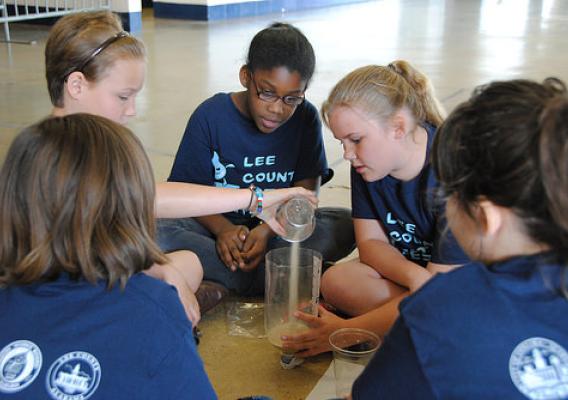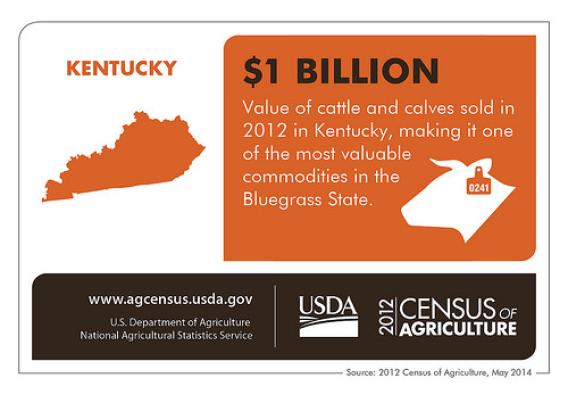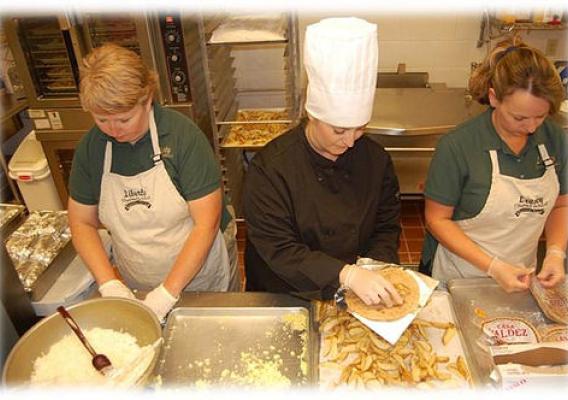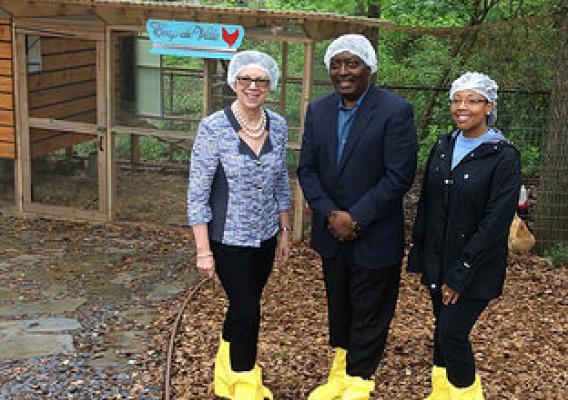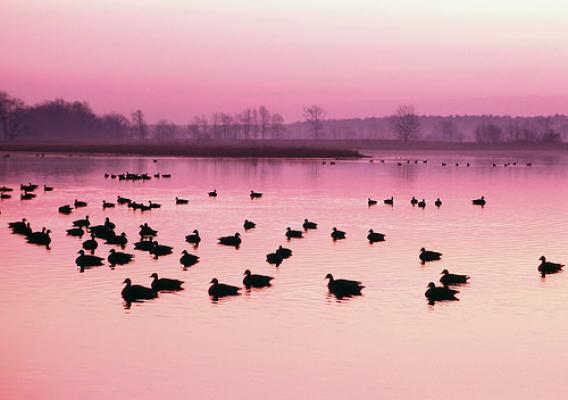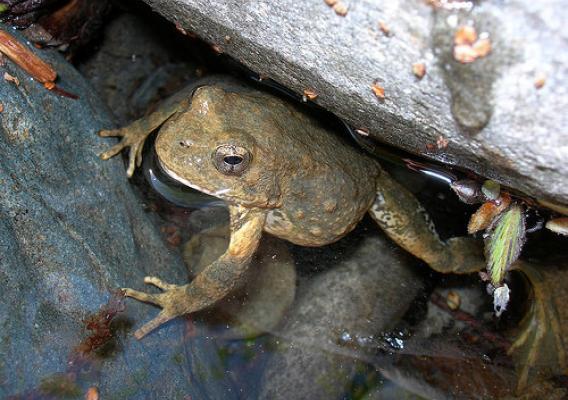This post is part of the Science Tuesday feature series on the USDA blog. Check back each week as we showcase stories and news from USDA's rich science and research profile.
Water is a precious resource and will become scarcer as the human population continues to grow. In many areas, climate change is expected to affect weather patterns. In general, the wetter areas are expected to get wetter and the drier areas are expected to get drier. This year, California’s drought has highlighted how important it is for land managers and producers to exercise best practices to increase water quality and quantity so there is enough to go around.
This year, USDA participated in the 7th Annual World Water Forum in Daegu, Republic of Korea. Every three years, the World Water Council hosts the Forum and develops the program in cooperation with the private sector, governments, industry, international governmental organizations, nongovernmental organizations and academic groups.


